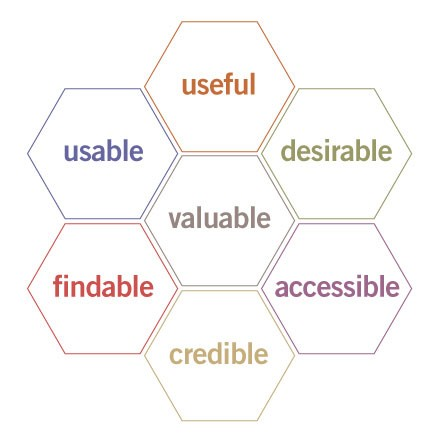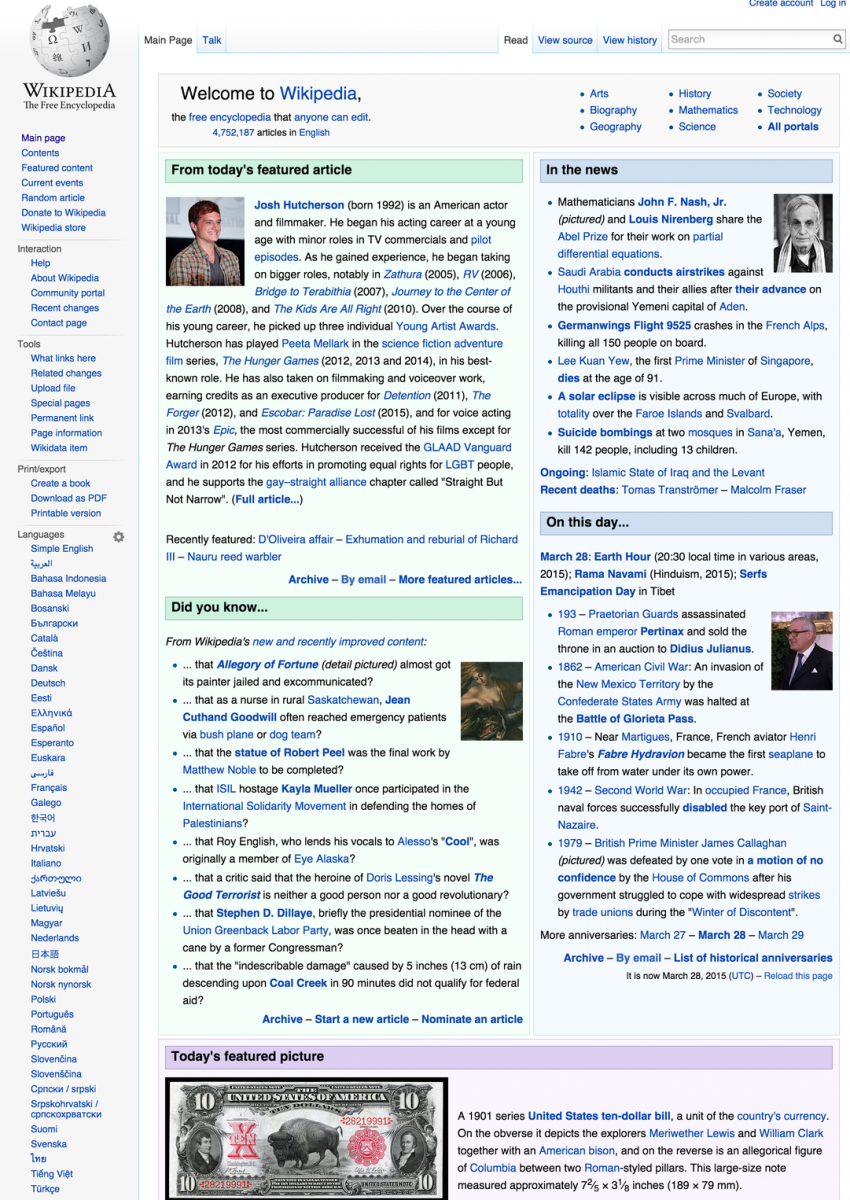Usability testing is a fundamental element of web design. By exploring the performance of a website, app or piece of software, issues that may impact brand experience can be limited and controlled.
However, usability is only able to tell one half of the story. Its aims are to remove the barriers that prevent people from completing the tasks you want them to on a site. However, if the website’s proposition isn’t aligned with customer needs, it doesn’t matter how usable your product is, because nobody will want to interact with it. Or worse, those that do will be left with a negative brand impression.
To make a website that is useful and meaningful, you have to understand the needs and goals of your customers.
Why usability is not user experience
Usability primarily focusses on making websites easy to use. Its aim is to remove barriers that prevent people from finding information, or completing tasks online. Poor usability prevents people from engaging with your brand but there is no point creating a site that’s easy to use if nobody wants to use it, in the same way that nobody will use a website that they can’t trust. If a site failed to communicate its proposition effectively, or fails to appear to address a user’s concerns it will incite brand mistrust, and decrease overall use.

Figure 1: Peter Morville’s User Experience Honeycomb
Peter Morville describes usability as one of many other facets that are integral to creating a web experience capable of serving user needs beyond ‘just working’. He describes each facet as contributing to user experience, with no single facet being able to have a sole influence.
If a website isn’t useful to your users, it’s going to have a negative impact on your brand, and reduce users’ willingness to use it. In addition, if the site isn’t credible users won’t feel comfortable trusting it enough to use it.
Examples of un-useful websites
John Lewis provide a very usable web service. The purchase journey is very clear, with obvious labelling, sign posting and strong page hierarchy. However, it’s not as useful as it should be. Even though the user has saved their postal address for later, John Lewis don’t predict this need and require the user to enter their address each time they checkout. This can be frustrating and taints the user’s experience.

An un-useful website occurs when business objectives outweigh and shadow the users’ objectives when interacting with your brand. This happens for two main reasons:
- The organisation is unsympathetic to user goals, and believes users will interact with the brand in the way they are told to.
- User’s needs have not been explored enough during the proposition design, or those needs have not been injected into the stages of build
By understanding users’ needs and tempering them effectively with the business’ objectives, you can ensure your site is useful.
Credibility is key
However, if the site itself isn’t credible users will be unlikely to use it no matter how useful or usable it is. Credibility is influenced by many factors one of which is brand perception, but the way your site communicates to users can have as much of an impact on the user’s experience as the brand itself.

Figure 3: Wikipedia homepage
Wikipedia is one of the most widely used sources in the world and has a fairly good user experience. It’s perceived as useful, useable, and frequently credible. By understanding the key factors that make the site appear credible (e.g. trusted sources) they have fast become the most relied on source for knowledge. This is despite common cases of wikipedia being factually incorrect: Including the case of Gary Oldman being listed as a giraffe or Plato being called a ‘pretty strange dude’.
Usability only tells half a story
Without measuring the additional facets of UX beyond usability, a website can never truly meet the needs of an audience, or meet the goals of an organisation. Usability testing is one of the most widely used ways of assessing the performance of a website. And whilst it’s an integral part of any website development, it can’t explore whether a site is useful, or credible.
Credibility and usefulness can only be measured by replicating the scenario that the user will be in when using a website, and injecting user insight at relevant points during the design process.
When designing always:
- Ensure user needs are reviewed at each stage of the design process whether designing the site’s strategy, scope, structure skeleton or design.
- Ensure that usability testing begins with an interview to explore user needs and explore how the site relates to the user’s objectives throughout the session.
We drive commercial value for our clients by creating experiences that engage and delight the people they touch.
Email us:
hello@nomensa.com
Call us:
+44 (0) 117 929 7333




